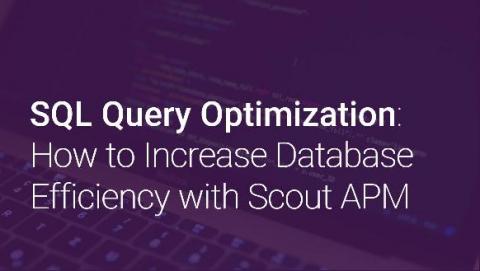Operations | Monitoring | ITSM | DevOps | Cloud
Monitoring
The latest News and Information on Monitoring for Websites, Applications, APIs, Infrastructure, and other technologies.
5 Little Known Ways to Simplify Systems and Network Monitoring | Netreo On-Demand Webinars
5 Tips to Manage Multi-Cloud and Serverless Enterprise Environments | Netreo On-Demand Webinars
Database Monitoring and Performance
dbaddon.mp4 - Google Drive Sign in Most modern web applications are heavily reliant on persisting data with relational databases, and so it’s no surprise that a large part of application performance monitoring relates to keeping an eye on database performance to ensure that our SQL queries are as efficient as possible. With this in mind, Scout features a Database Add-on module, and in this video, we are going to take a closer look at what it has to offer.
What's new in Pandora FMS Release 749
Pandora FMS 749 Release
These release notes describe new features, improvements and fixed issues in Pandora FMS NG 748. They also provide information about upgrades and describe some workarounds for known issues.
Markley Group Gains Better Visibility, Automation with OpsRamp
Markley Group is a Boston-based data center leader that provides co-location and private cloud services through a three-million square foot data center portfolio. The company was founded in 1991, when there was no such thing as the cloud. Today, many of its customers are experimenting in public cloud but often have workload requirements which are better suited or more affordable running on private infrastructure, according to Patrick Houston, Director of Engineering at Markley Group.
Configuring the OpenTelemetry Collector
Enhancing the DevOps Experience on Kubernetes with Logging
Keeping track of what’s going on in Kubernetes isn’t easy. It’s an environment where things move quickly, individual containers come and go, and a large number of independent processes involving separate users may all be happening at the same time. Container-based systems are by their nature optimized for rapid, efficient response to a heavy load of requests from multiple users in a highly abstracted environment and not for high-visibility, real-time monitoring.
Implementing infrastructure as code with Ansible
If you’re here, it means that your application is a hit, coming through a long way of development and deployments. Your application is finally in a stage where you or your team need to set up more servers than you can handle manually, and you have to provision them fast. There’s also the need to make sure that all of them have the same configuration, packages, and versions in order for your application to have the same behavior in all of them.











